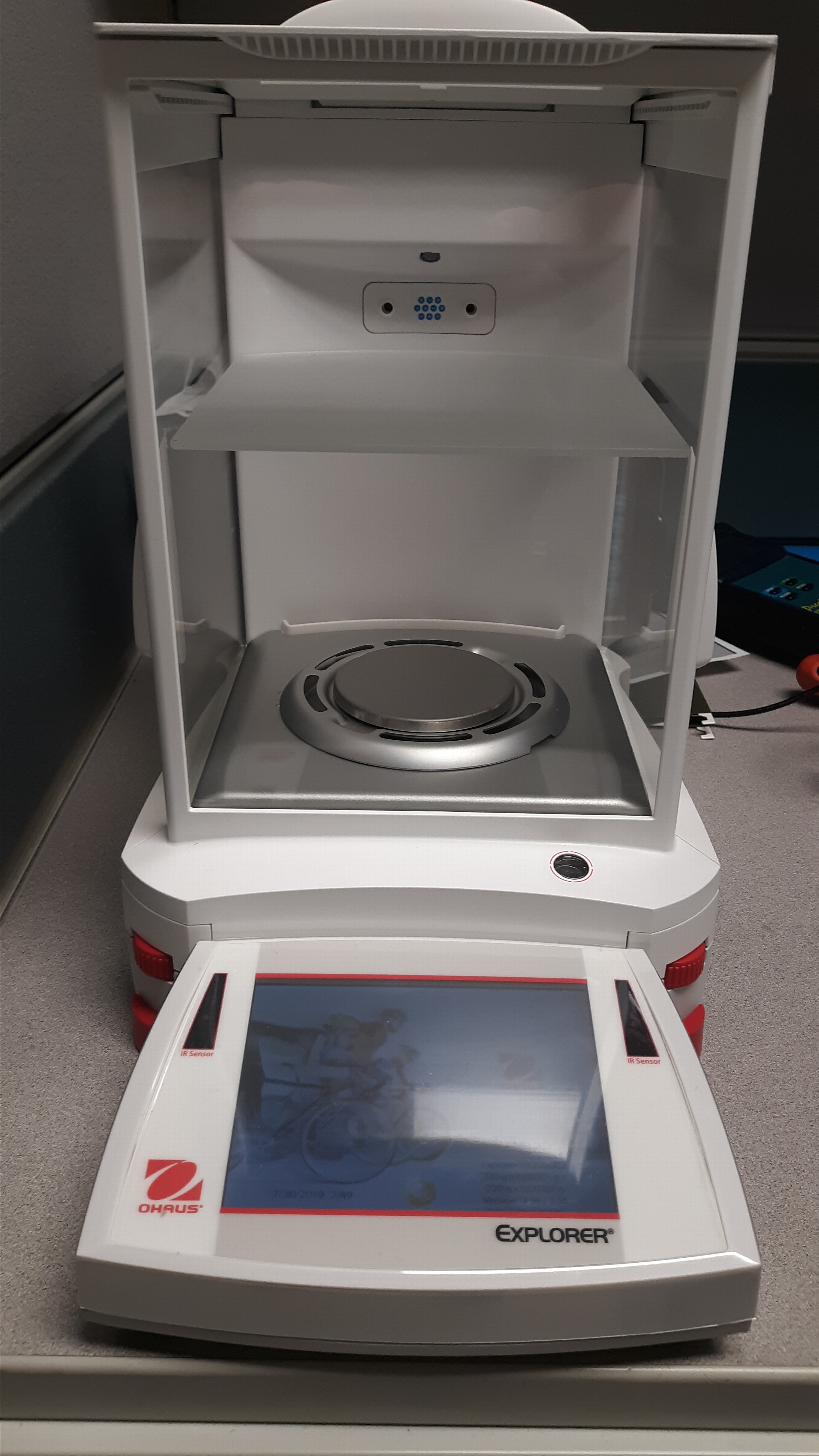 Duncan Aviation’s Calibrations Lab recently invested in additional testing equipment and the purchase of standards to calibrate thermohydrometers, both working and masters. This investment allows the company to now offer the full spectrum of calibration services required for FBOs (Fixed Based Operations) to comply with the ATA 103 Standard for Jet Fuel Quality at Airports and Military compliance.
Duncan Aviation’s Calibrations Lab recently invested in additional testing equipment and the purchase of standards to calibrate thermohydrometers, both working and masters. This investment allows the company to now offer the full spectrum of calibration services required for FBOs (Fixed Based Operations) to comply with the ATA 103 Standard for Jet Fuel Quality at Airports and Military compliance.
According to Ed Sabata, Duncan Aviation’s Line Services Trainer & Quality Assurance Specialist in Lincoln, Nebraska, FBOs have limited resources capable of handling all required calibrations. “Because there are so few calibration labs capable of handling numerous calibration specialties, it is not unusual for FBOs to send tools to multiple locations, experiencing several weeks of downtime.” He went on to say, the in-house calibration lab at Duncan Aviation has been a huge benefit in keeping all of Duncan Aviation’s fuel trucks and fuel farms at all four of its FBO locations ATA 103 compliant.
Duncan Aviation’s Calibration Services uses NIST traceable standards to calibrate measuring and test equipment, including the following tools needed to maintain airport fuel trucks and fuel farms according to Sections 2.1.11 and 3.4.3(e) of the ATA 103 and Military compliance:
FBOs can expect their tools returned within two weeks of being received with a calibration certificate. Duncan Aviation will maintain these certificates on file in case a replacement is needed. The company also offers a tracking service to notify all customers when calibrations are coming due to assist them in maintaining compliance to the calibration requirements of ATA 103.
For more information call, Duncan Aviation Calibrations Services at 402.479.1698. To view a complete list of calibration capabilities, view the Duncan Aviation Calibrations Fact Sheet.
December 2025
November 2025
October 2025
July 2025
June 2025